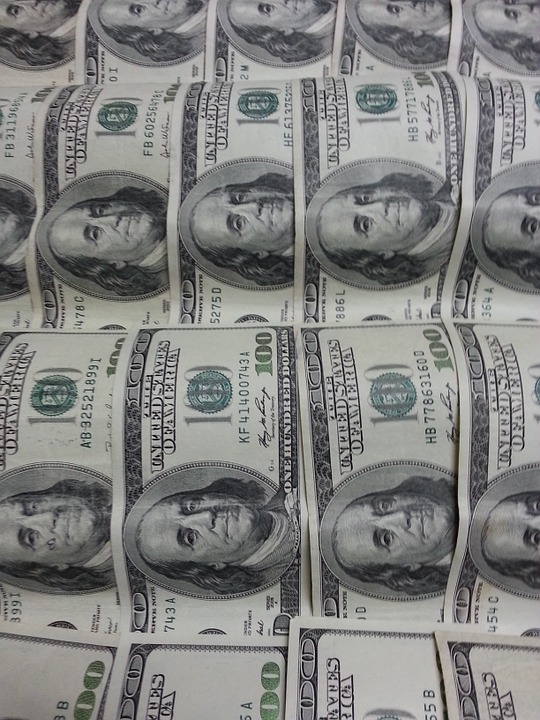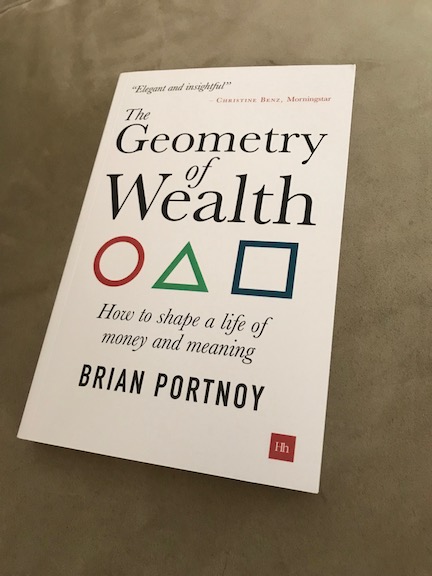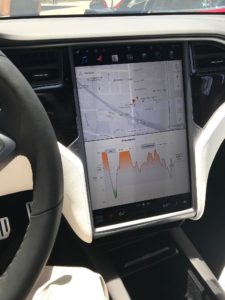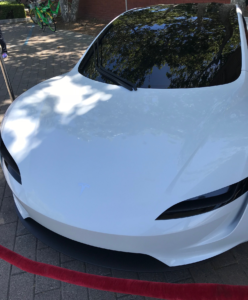by Nkem Iregbulem
Chocolate is one of the most popular foods in the world. Some of the most common types of chocolate we see are milk chocolate, dark chocolate, and white chocolate. Think you know everything there is to know about chocolate? Turns out that numerous studies have found that chocolate consumption may improve your health in a variety of ways. Chocolate may be more than just a sweet treat enjoyed around the world.
Last June, The Harvard Gazette reported on a recent study conducted by researchers in Denmark and at the Harvard T.H. Chan School of Public Health. The study was published in the journal Heart, and its participants were 55,502 men and women from the Danish Diet, Cancer, and Health Study. Researchers found an association between moderate chocolate consumption and a lower risk of atrial fibrillation, a type of irregular heartbeat. They also found that those who ate 2 to 6 one-ounce servings of chocolate per week had the lowest rate of atrial fibrillation. The chocolate consumed by participants contained relatively low levels of potentially protective ingredients, suggesting that even small doses of cocoa can go a long way in terms of possible health benefits.
A few months ago, another study found that the consumption of dark chocolate may reduce stress levels and inflammation and even boost memory, immunity, and mood. The researchers at Loma Linda University Adventist Health Sciences Centre who led this study suspect that cacao, an ingredient commonly found in dark chocolate, may be largely responsible for the candy’s potential to support cognitive, endocrine, and cardiovascular health. They suggest cacao’s protective power likely comes from the fact that that it is a great source of flavonoids, which are very potent antioxidants and anti-inflammatory agents.
Chocolate may boost not only your health but also your portfolio. You can choose from a variety of chocolate-related companies including Rocky Mountain Chocolate Factory Inc. (RMCF), The Hershey Co. (HSY), Mondelez International (MDLZ), Tootsie Roll Industries Inc. (TR), Nestle (NSRGY), and Lindt & Sprungli AG (LDSVF). The RMCF and MDLZ stocks are traded on the NASDAQ exchange, and the HSY and TR stocks are traded on the New York Stock Exchange. The NSRGY and LDSVF stocks are both traded over-the-counter.
Your first option is Rocky Mountain Chocolate Factory Inc, a company that manufactures chocolate candies and confectionery products. It operates in the United States, Japan, Canada, Philippines, South Korea, and the United Arab Emirates. The company’s business activity can be divided into a couple segments: Franchising, Manufacturing, Retail Stores, U-Swirl Operations, and Other segments. Its products include clusters, truffles, caramels, mints, and molded chocolates. Rocky Mountain Chocolate Factory Inc. has a small market cap of $64.7 million and pays a dividend yield of 4.26%. With a negative 3-year growth rate of -2.84%, the company has seen decreasing revenue values each fiscal year since 2015. Its stock has a price-to-sales ratio of 1.71 and a price-to-book ratio of 3.29. The stock also trades at 21.82 times trailing earnings.
A second option is The Hershey Co., one of the largest chocolate manufacturers in the world. The Hershey Company, headquartered in Hershey, Pennsylvania, controls around 45% of the domestic chocolate market. Its products are offered in about 80 countries including the United States, China, Brazil, India, and Mexico. The leading chocolate company sells chocolate, sweets, mints, and other snacks to its customers. The company has a market cap of $18.94 billion and pays a dividend yield of 2.92%, which has been decreasing since 2015. With a price-to-sales ratio of 2.56, its stock is slightly overpriced. The stock trades at 18.27 times trailing earnings and 16.89 times forward earnings. The company’s stock also has a high price-to-book ratio of 19.66. The Hershey’s revenues have been increasing each fiscal year since 2015, giving it a 3-year revenue growth rate of 0.42%
You may also want to consider Mondelez International, a confectionary, food, and beverage company based in Illinois. It manufactures chocolate, biscuits, gum, candy, beverages, cheese, and groceries. However, chocolate alone is responsible for about 30% of the company’s sales revenue. Its portfolio includes billion-dollar companies such as Chips Ahoy! and Oreo.The company has a nice market cap of $57.91 billion and pays a dividend yield of 2.17%. The company’s stock is slightly overpriced with a price-to-sales ratio of 2.30. It trades at 17.25 times trailing earnings and 16.03 times forward earnings. Its price-to-book ratio is 2.22. Mondelez International’s revenue has been decreasing each fiscal year since 2013 as the company faces a negative 3-year growth rate of -8.89%.
Another option is Tootsie Roll Industries Inc., a company that manufactures and sells candy to wholesale distributors and to retail stores. It candy products — many of which are chocolate-based — include Tootsie Rolls, Tootsie Pops, Junior Mints, Charms, Blow-Pops, and Dots. The company mainly operates in the United States, Canada, and Mexico, but over 90% of its sales comes from customers in the United States. The company has a market cap of $1.45 billion and pays a dividend yield of 1.21%. Its stock has a price-to-sales ratio of 3.72, making it somewhat overpriced. The stock trades at 24.25 times trailing earnings and has a price-to-book ratio of 1.60. Tootsie Roll’s revenue has been decreasing each fiscal year since 2014 as the company faces a negative 5-year growth rate of -1.14%.
Nestle is another well-known, chocolate-related powerhouse to consider. By sales, the Swiss company is the world’s largest food and beverage company. Brands such as Nestle, Nescafe, Perrier, Pure Life, and Purina are all part of the company’s product portfolio. Under these brands and various other brands, the company offers baby food, cereal, bottled water, coffee products, chocolate, frozen food, and confectionery products. The company has a large market cap of $231.56 billion and pays dividend yield of 3.18%, but this value has been decreasing each year since 2015. With a price-to-sales ratio of 2.59, the company’s stock is slightly overpriced. It trades at 31.28 times trailing earnings and 19.49 times forward earnings. The stock has a price-to-book ratio of 3.74. Nestle’s revenue has been increasing each fiscal year since 2015, giving it a 5-year growth rate of 0.04%.
You might also look at Lindt & Sprungli AG, a Swiss chocolatier and confectionery company that manufactures and sells premium chocolate products. It is best known for its chocolate truffles and chocolate bars. The company focuses its operation in developed markets in Europe and North America. Lindt & Sprungli AGoffers its products under brand names such as Lindt, Ghirardelli, Russell Stover, Whitman’s, Pangbourne, Caffarel, and Lindor. The company has a nice market cap of $7.55 billion and pays a dividend yield of 0.93%, which has been increasing each year since 2014. Its stock has a price-to-book ratio of 1.78 and an excellent price-to-sales ratio of 0.37. It trades at 3.30 times trailing earnings and 30.30 times forward earnings. Revenue has been increasing each fiscal year since 2011 as the company enjoys a 3-year revenue growth rate of 6.49%.
Turns out that chocolate may be beneficial in more ways than one. Beyond merely satisfying your sweet tooth, chocolate can better your health and sweeten your portfolio.
Disclosure: Author didn’t own any of these stocks at the time the article was written.










 Outside the entrance were the latest Tesla vehicles, including the Tesla Semi truck. But the one that attracted the most interest was the new Tesla Roadster.
Outside the entrance were the latest Tesla vehicles, including the Tesla Semi truck. But the one that attracted the most interest was the new Tesla Roadster. He discussed the market share of the Model 3 and said that it is the best selling midsize of any kind, not just electric or hybrids. He also expects to be producing lower cost cards by the end of the year.
He discussed the market share of the Model 3 and said that it is the best selling midsize of any kind, not just electric or hybrids. He also expects to be producing lower cost cards by the end of the year. SolarCity is now installing its first solar roofs, where the entire roof is made up of roofing materials that are solar panels. They are still under evaluation because the company wants to be sure that they will last 30 years.
SolarCity is now installing its first solar roofs, where the entire roof is made up of roofing materials that are solar panels. They are still under evaluation because the company wants to be sure that they will last 30 years. The Tesla Roadster can outperform any gas car in every way. Musk said that they are even offering a “SpaceX Option Package”.
The Tesla Roadster can outperform any gas car in every way. Musk said that they are even offering a “SpaceX Option Package”.